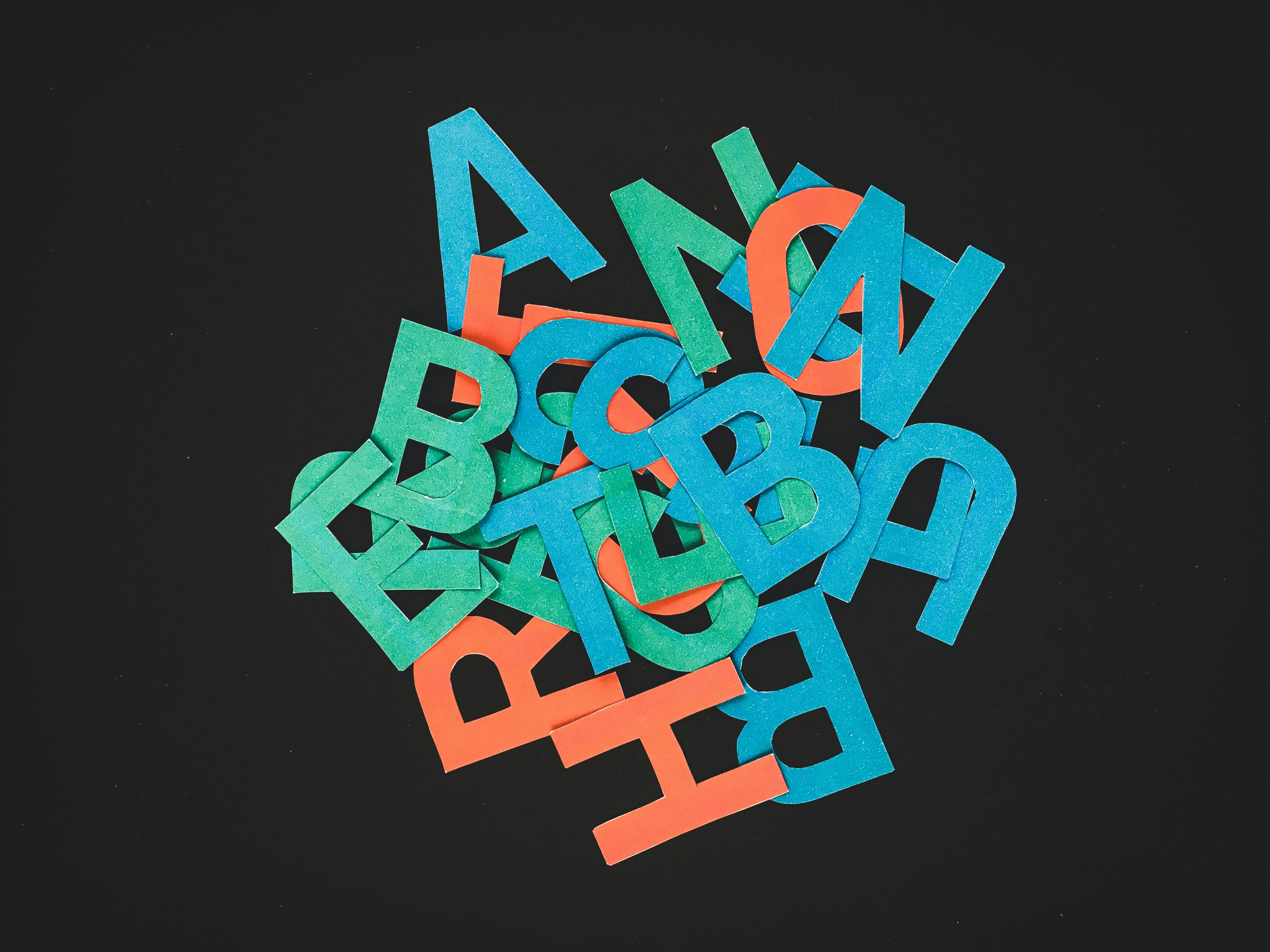This month, we’re highlighting key points from our latest Look Ahead.
We spoke with Lara Dawn, the founder of The ADHD Village on how to optimize learning for the ADHD brain.
As a certified elementary school teacher, Lara has over 23 years of special education experience. She is passionate about providing a stress-free environment for parents and educators. Her online community, The ADHD Village supports families across the globe raising children with ADHD by providing brain-based and science-backed strategies.
Lara explains that ADHD is often misunderstood by the general public, and this can have serious impacts on individuals with ADHD. Too often the behaviour of students with ADHD is wrongly attributed to things like “bad parenting” or laziness on the part of the student. In reality, Attention Deficit Hyperactivity Disorder is a brain difference – a neurobiological disorder.
The ADHD Brain
Did you know that it takes 25 years for the thinking part of our brain, known as the prefrontal cortex, to fully develop? This area of the brain helps us with things like problem solving, planning and organization and impulse control. However, for those with ADHD, this development time is delayed by about 30%.
Educators are often the first to recognize ADHD symptoms, as children spend so much of their time in classrooms.
Some of the symptoms Lara listed are:
• Constant fidgeting
• Struggle to stay seated
• Speaking out of turn or interrupting others while speaking
• Struggling to stay organized
• Difficulty in completing tasks
• ADHD brains have an imbalance of dopamine and adrenaline making it difficult to fuel the energy that the brain needs to perform executive functioning skills.
• Students with ADHD are very frequently in flight, fight or freeze mode, making it more difficult for learning to happen when the student is stressed.
Brain Hacks
• Teach them how to self-regulate emotions. This can include exercises such as massaging the front of the head and dropping the tongue down from the roof of the mouth to relieve stress and tension in the head.
• Implement movement breaks, and body breaks in between tasks. Have the student move from their seat, use a wiggle cushion, or attach a rubber band to the legs of a chair giving your student something to kick.
• Make personal checklists for your student to provide them with a step-by-step plan to help them complete their tasks without feeling too overwhelmed. You can place it on their desk or their computer allowing them to check off completion as they go along.
• Organize study or test materials into smaller portions to help reduce stress for the student. For example, a four-question test can be broken down into one question per page.




